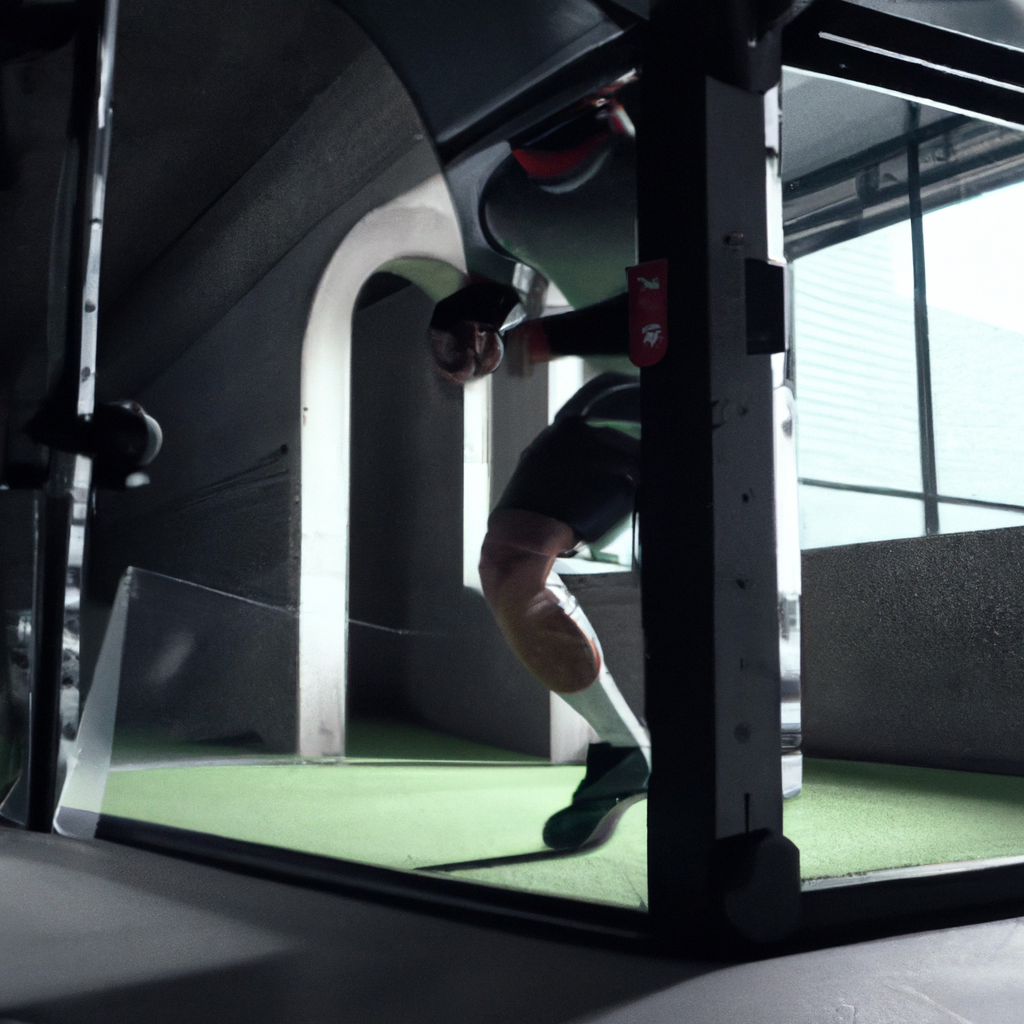Motion capture technology has revolutionized the way movies are made, particularly in the areas of animation and special effects. It is a technique that involves recording the movements of actors or objects, and then using that data to create digital animations or visual effects. This technology has been used in numerous films, from blockbuster action movies to animated features. In this article, we will explore how motion capture technology is used in movies and its impact on filmmaking.
What is Motion Capture Technology?
Motion capture technology, also known as performance capture or actor movement tracking, is a process that involves recording the movements of people or objects with the help of sensors. These sensors can be placed on the actor’s body or on objects to track their movement. The data collected from these sensors is then used to create digital animations or visual effects.
How is Motion Capture Technology Used in Movies?
Motion capture technology has been used extensively in movies, particularly in the areas of animation and special effects.
Animation
In animation, motion capture technology is used to create realistic movements for animated characters. This technique is particularly useful for creating realistic and believable movements for animals or creatures that don’t exist in real life. By recording the movements of real animals or people, animators can create animations that look more lifelike and natural.
One example of motion capture technology being used in animation is the movie Avatar. In this movie, the movements of the actors were recorded using motion capture technology, and then used to create the movements of the Na’vi characters.
Special Effects
In special effects, motion capture technology is used to create realistic movements for CGI characters or objects. This technique is particularly useful for creating realistic and believable movements for objects that don’t exist in real life, such as robots or monsters.
One example of motion capture technology being used in special effects is the movie Transformers. In this movie, the movements of the actors were recorded using motion capture technology, and then used to create the movements of the Transformers.
Impact of Motion Capture Technology on Filmmaking
Motion capture technology has had a significant impact on filmmaking, particularly in the areas of virtual production and digital filmmaking.
Virtual Production
Virtual production involves using digital technology to create sets and environments for movies. By using motion capture technology, filmmakers can record the movements of actors in real-time, and then use that data to create digital environments that are synchronized with the actor’s movements.
This technique was used in the movie Gravity, where motion capture technology was used to create the movements of the actors in zero gravity. The actors were then filmed against a green screen, and the digital environment was added in post-production.
Digital Filmmaking
Motion capture technology has also had a significant impact on digital filmmaking. By using motion capture technology, filmmakers can create digital animations and special effects that are more realistic and believable.
One example of motion capture technology being used in digital filmmaking is the movie The Lord of the Rings. In this movie, motion capture technology was used to create the movements of the character Gollum. The actor’s movements were recorded using motion capture technology, and then used to create the movements of the CGI character.
Conclusion
In conclusion, motion capture technology has revolutionized the way movies are made, particularly in the areas of animation and special effects. This technology has allowed filmmakers to create more realistic and believable animations and special effects, and has had a significant impact on the way movies are made. With the continued development of motion capture technology, we can expect to see even more exciting and innovative uses of this technology in the future.







